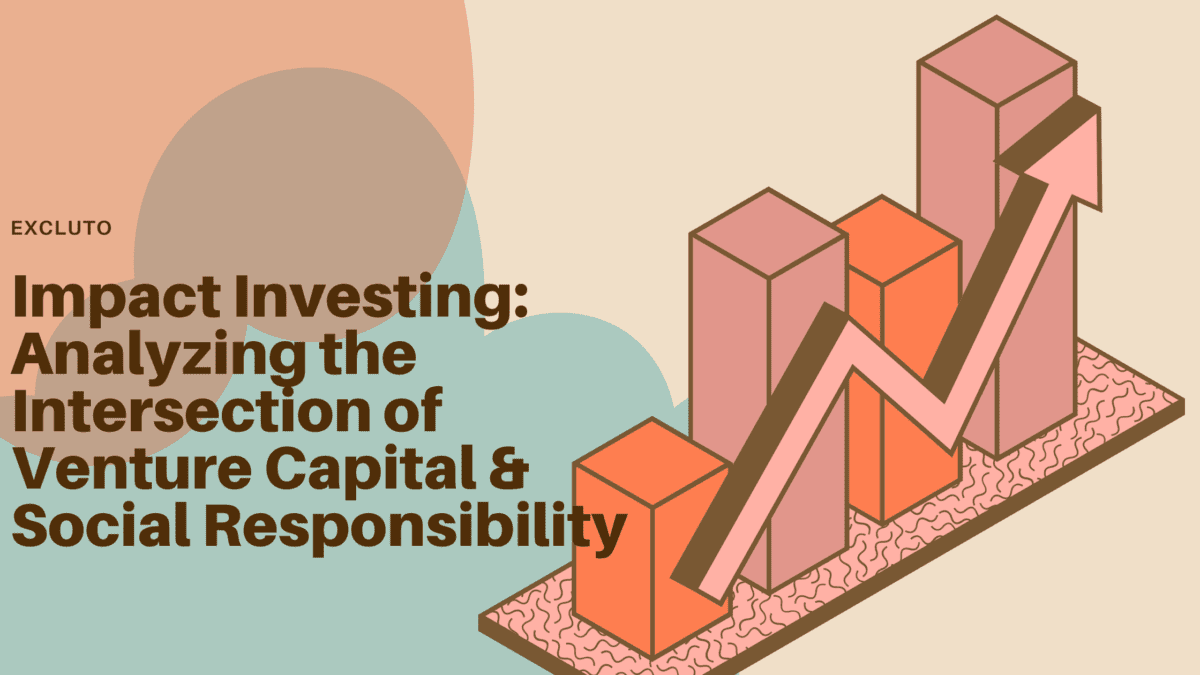In recent years, the investment landscape has witnessed a significant surge in impact investing, a practice that combines financial returns with measurable social or environmental impact. This trend represents a fundamental shift in how capital is deployed, with investors increasingly prioritizing social responsibility alongside profitability.
Let’s delve into the data, facts, and examples that highlight the rise of impact investing and its implications.
Understanding Impact Investing: Data and Trends
- Global Growth: According to the Global Impact Investing Network (GIIN), the size of the global impact investing market reached $715 billion in 2020, reflecting a steady upward trajectory.
- Mainstream Adoption: Impact investing is no longer niche; it’s mainstream. A survey by McKinsey found that 85% of respondents reported making impact investments in 2020, up from 68% in 2019.
Key Principles of Impact Investing: Facts and Examples
- Intentionality: Impact investors are deliberate in their investment decisions, targeting ventures aligned with their impact objectives.
- Example: The Rise Fund, managed by TPG Capital, invests in companies like EverFi, an education technology company that provides digital learning solutions to underserved communities.
- Example: The Rise Fund, managed by TPG Capital, invests in companies like EverFi, an education technology company that provides digital learning solutions to underserved communities.
- Measurable Impact: Impact investors prioritize measurable social or environmental outcomes alongside financial returns.
- Example: Acumen, a nonprofit impact investor, measures the social impact of its investments using metrics like the number of lives impacted and improvements in livelihoods. For instance, its investment in d.light, a solar energy company, has provided clean energy access to over 100 million people globally.
- Example: Acumen, a nonprofit impact investor, measures the social impact of its investments using metrics like the number of lives impacted and improvements in livelihoods. For instance, its investment in d.light, a solar energy company, has provided clean energy access to over 100 million people globally.
- Financial Sustainability: While pursuing impact objectives, investors prioritize financial sustainability to ensure the long-term viability of their investments.
- Example: Bridges Fund Management invests in ventures like Impact Fitness, a UK-based gym chain that focuses on promoting physical and mental well-being in underserved communities while generating sustainable financial returns.
- Example: Bridges Fund Management invests in ventures like Impact Fitness, a UK-based gym chain that focuses on promoting physical and mental well-being in underserved communities while generating sustainable financial returns.
- Transparency and Accountability: Impact investors uphold transparency and accountability, providing stakeholders with clear insights into their investment strategies and impact performance.
- Example: The Impact Management Project (IMP) offers a standardized framework for measuring, managing, and reporting impact. It helps investors like Bain Capital Impact quantify and communicate the social and environmental impact of their investments.
Impact Investing in Practice: Real-World Examples
- Healthcare Access: Impact investors support startups like 1mg, an Indian online pharmacy, to improve healthcare access and affordability for underserved populations.
- Education Equity: EdTech startups like Teach for All, backed by impact investors such as Omidyar Network, aim to address educational inequities and empower students globally.
- Renewable Energy: Impact investors fund initiatives like Off Grid Electric, which provides solar energy solutions to off-grid communities in Africa, promoting clean energy access and environmental sustainability.
The Potential for Meaningful Change: Implications and Opportunities
Impact investing has the potential to drive meaningful change across various sectors and geographies. By channeling capital towards solutions that address systemic challenges, impact investors can catalyze innovation, create jobs, and improve quality of life for marginalized communities.
Conclusion
The rise of impact investing underscores a growing recognition of the interconnectedness between financial returns and societal well-being. As venture capitalists increasingly embrace the principles of impact investing, they have the opportunity to leverage their resources and expertise to address some of the world’s most pressing challenges. By supporting mission-driven startups and promoting sustainable business practices, impact investors can contribute to building a more inclusive, equitable, and sustainable future for generations to come.

